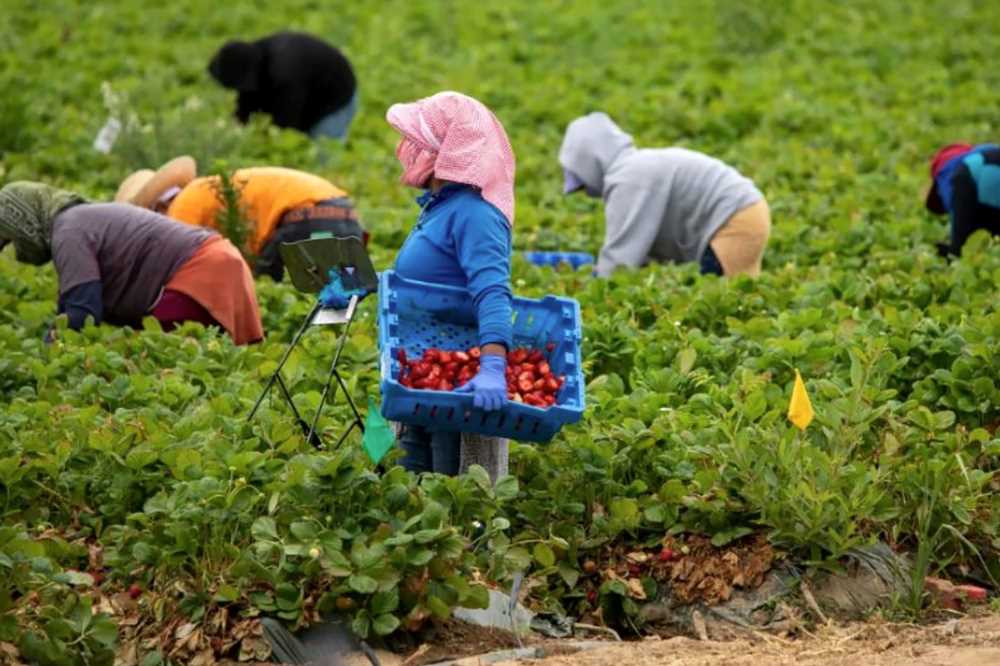How Mexican Migrant Women Are Ruling the Remittances
Explore the role of women in Mexican migration and remittances. Experts shed light on their motivations, contributions, and the gendered aspects of mobility. Gain valuable insights into this dynamic phenomenon shaping communities and economies.

Migration is a complex phenomenon that has undergone significant growth over the past five decades, with nearly 300 million people currently residing outside their countries of origin. A significant portion of this migrant population comprises women. Contrary to traditional perceptions that portrayed women as immobile individuals primarily engaged in household chores, recent data indicates that women are equally mobile as men. According to academics from the Institute of Economic Research (IIEc) at the UNAM, although precise data is lacking, it is estimated that around 30 percent of remittances sent by Mexican migrants in the United States come from women aged between 20 and 45 years old.
At a roundtable titled "Ellas también se van: Mujeres migrantes" (They also leave: Migrant women) organized by the IIEc, experts shed light on the gendered aspects of migration and its consequences on communities of origin, as well as transit, destination, and return countries such as Mexico. Daniela Castro Alquicira emphasized that women migrate for various reasons, including seeking better job opportunities, pursuing education, family reunification, or escaping risks and threats in their places of origin, leading to significant numbers seeking asylum or refuge.




